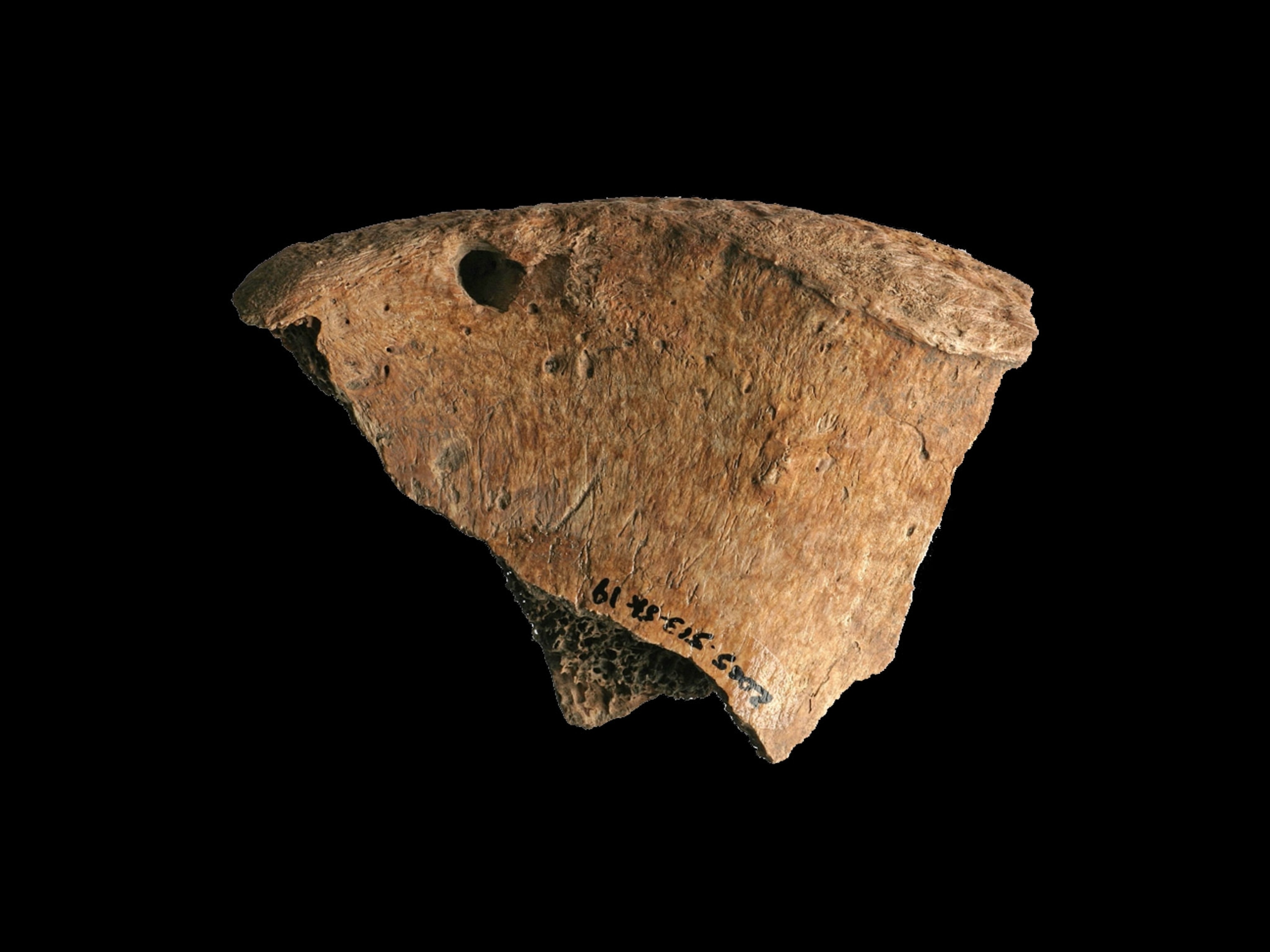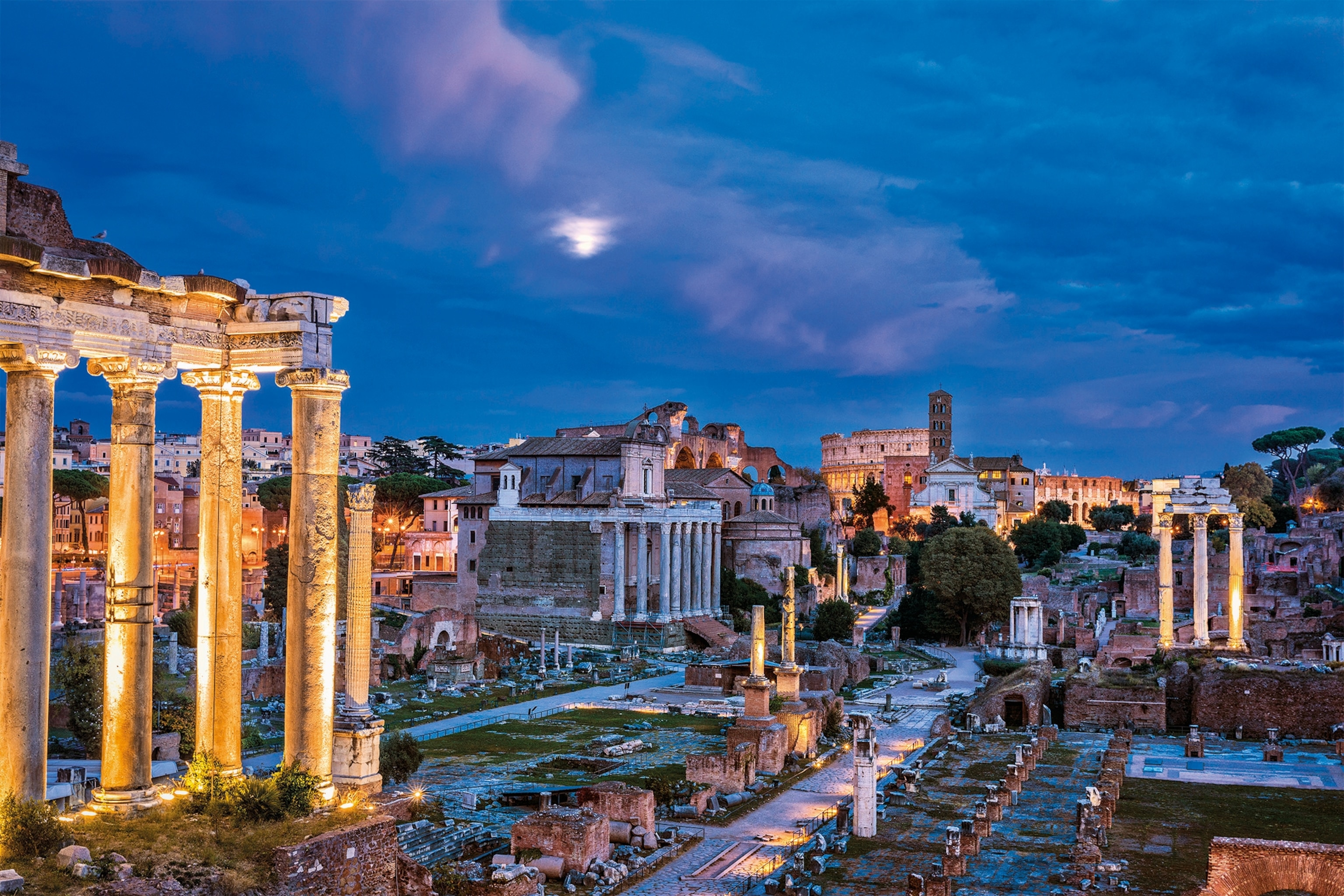
Is this the real reason the Roman Empire collapsed?
Throughout antiquity, kingdoms and nations rose and fell but Rome stood strong—until its steep decline. The fall of this ancient superpower is so complex that historians are still debating it today, but a new theory has emerged in recent years.
Legend has it that the Roman state’s first ruler was Romulus, the twin brother of Remus, both suckled as babies by a she-wolf. But what historians know for sure is that the Western Roman Empire that grew out of this legendary past, one of the longest lasting empires ever known, collapsed 1,200 years later in 476 A.D. with the overthrow of its last ruler, who was also named Romulus (Romulus Augustulus).
The question of why the Western Roman Empire ended has intrigued historians for generations, fueling a debate that is nowhere near reaching a consensus. In 1984, German historian Alexander Demandt drew up a list of more than two hundred factors that have been cited to explain Rome’s collapse, which previously had been blamed on internal corruption. In his great work History of the Decline and Fall of the Roman Empire, Edward Gibbon wrote: “The decline of Rome was the natural and inevitable effect of immoderate greatness. Prosperity ripened the principle of decay; the causes of destruction multiplied with the extent of conquest; and as soon as time or accident had removed the artificial supports, the stupendous fabric yielded to the pressure of its own weight.”
Other authors have pointed to more specific reasons. Some have focused on the evolution of the Roman economy, which was stagnant by the third century A.D. because of overdependence on enslaved people for labor. The increasing size of the Roman Empire’s bureaucracy and army likely also contributed to its decline. The cost of maintaining them stifled the imperial economy and brought with it an increase in taxes and serious internal corruption. Ongoing military conflicts and civil wars that broke out from the third century onward played a part too, weakening central authority and leading to the fragmentation of the empire, making it more vulnerable to external threats.
(How much do you know about the Roman Empire?)
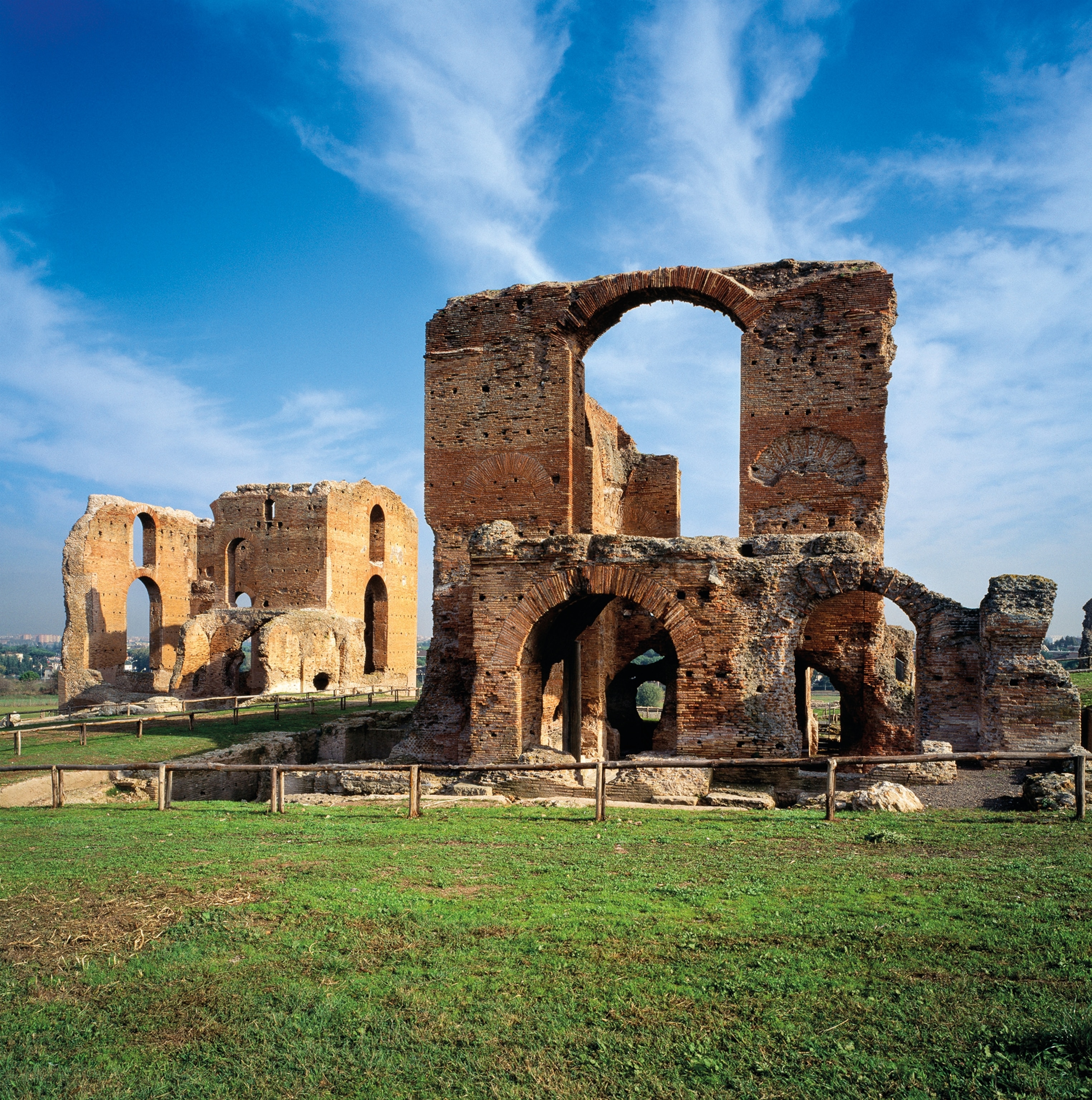
Environmental shift
In recent years, however, a new theory has emerged highlighting the impact of climatic changes and epidemics. In a work published in 2017, Kyle Harper, a classics professor at the University of Oklahoma, offers an ambitious synthesis on the causes of the empire’s decline, in which he argues that “the fate of Rome was played out by emperors and barbarians, senators and generals, soldiers and slaves. But it was equally decided by bacteria and viruses, volcanoes and solar cycles. ”It is a story in which humanity and the environment cannot be separated."
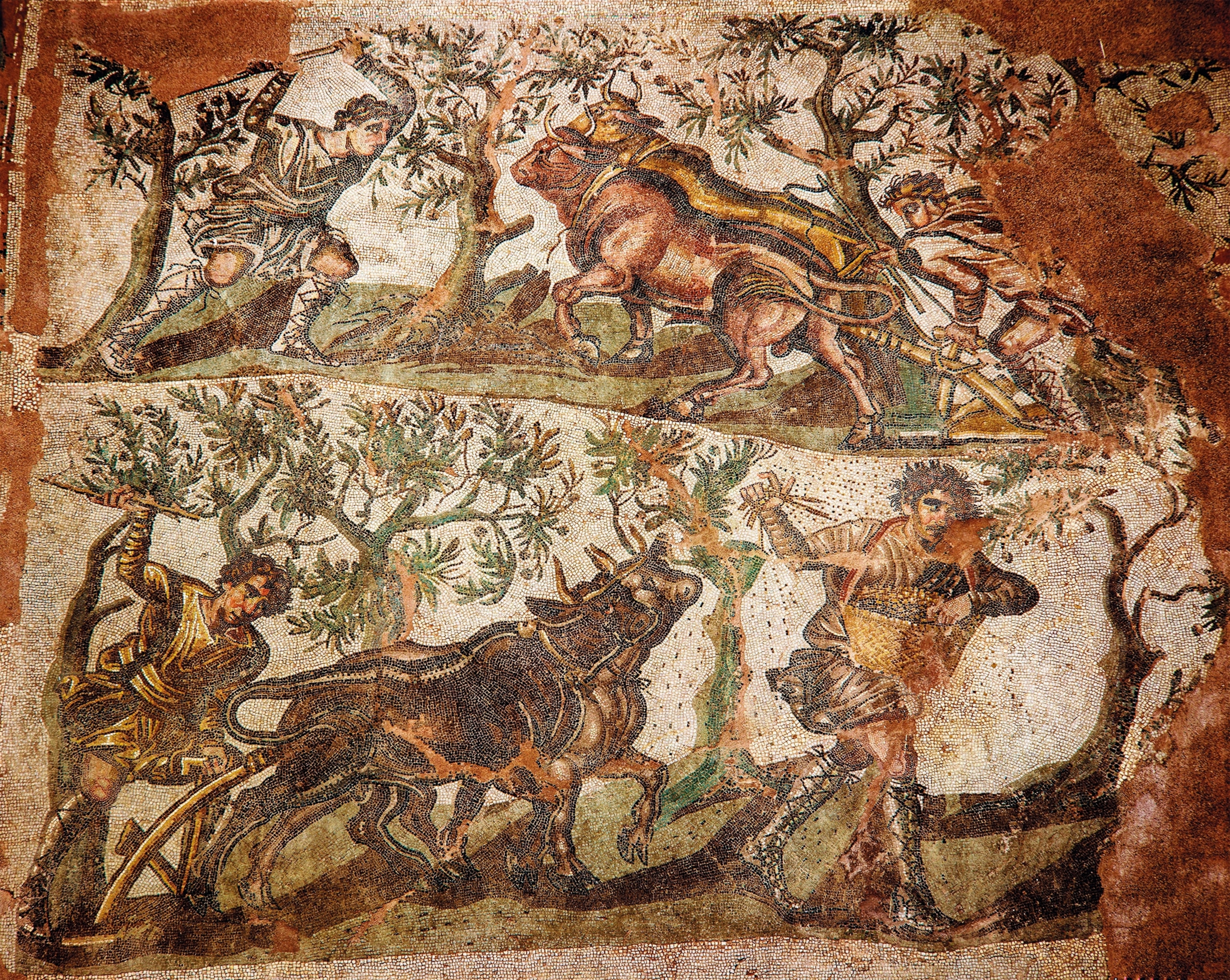
(These notorious Roman emperors became ghostly legends)
Harper and other scholars have drawn on data from climatology and epidemiology, which has opened up new lines of research into the study of the past. Researchers have proposed that the early Roman Empire fell within the period known as the Roman Climate Optimum, which is believed to have lasted from circa 550 B.C. to A.D. 150 and was characterized by temperate, stable climatic conditions in much of the Mediterranean. Recent studies paint a more complex picture, but the data suggest that the climatic conditions of the empire in the first century B.C. favored agricultural, economic, and population growth. Firsthand accounts, such as that of the agronomist Columella, indicate that in the first century A.D. rainfall in central and southern Italy was more frequent in summer than it is today. The sources also reveal that arable lands covered vast areas of North Africa, which have since become desertified.

The world grown old
From the mid-third century A.D., tiny changes in the Earth’s tilt reduced levels of solar energy penetrating the atmosphere. This shift impacted the climate, which became more variable with a trend toward cooling and aridity in the Mediterranean. This, in turn, impacted agricultural productivity, a factor in the multiple crises the Roman Empire underwent in the third century.
Eyewitness accounts, such as that of Cyprian, bishop of Carthage, provide a picture of what was happening:
The world has now grown old, and does not abide in that strength in which it formerly stood; nor has it that vigor and force which it formerly possessed ... In the winter there is not such an abundance of showers for nourishing the seeds; in the summer the sun has not so much heat for cherishing the harvest; nor in the spring season are the grain-fields so joyous; nor are the autumnal seasons so fruitful in their leafy products.

This crisis was compounded by another devastating natural phenomenon: epidemics. To a certain extent, the very success of Roman civilization allowed disease to proliferate in the third century in the way that it did. During the Roman Climate Optimum, the Roman world experienced remarkable economic and demographic growth, and developed a network of densely populated cities. The downside of this connectedness was that contagious diseases found the ideal conditions to spread rapidly. Harper argues that: “The dense urban habitats, the unflinching transformation of landscapes, the strong networks of connectivity within—and especially beyond—the empire, all contributed to a unique microbial ecology.” During this period some diseases, including tuberculosis, leprosy, and malaria, spread on a limited scale, while others grew into major epidemics. Previously these outbreaks had been contained within particular regions and seasons, but from the latter half of the second century onward, epidemics emerged that affected whole swaths of the Roman Empire with unprecedented intensity.
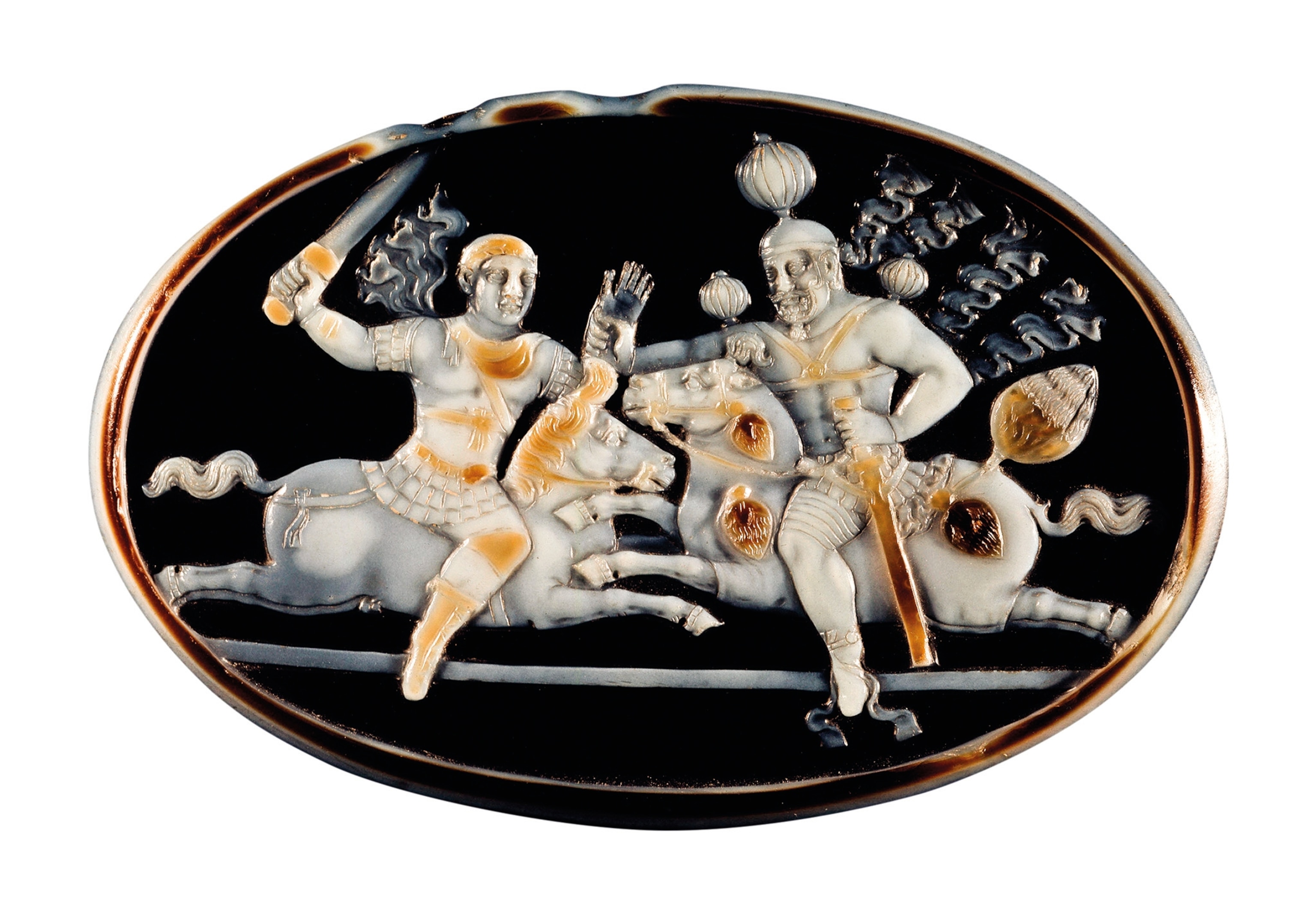
Bathing in germs and parasites
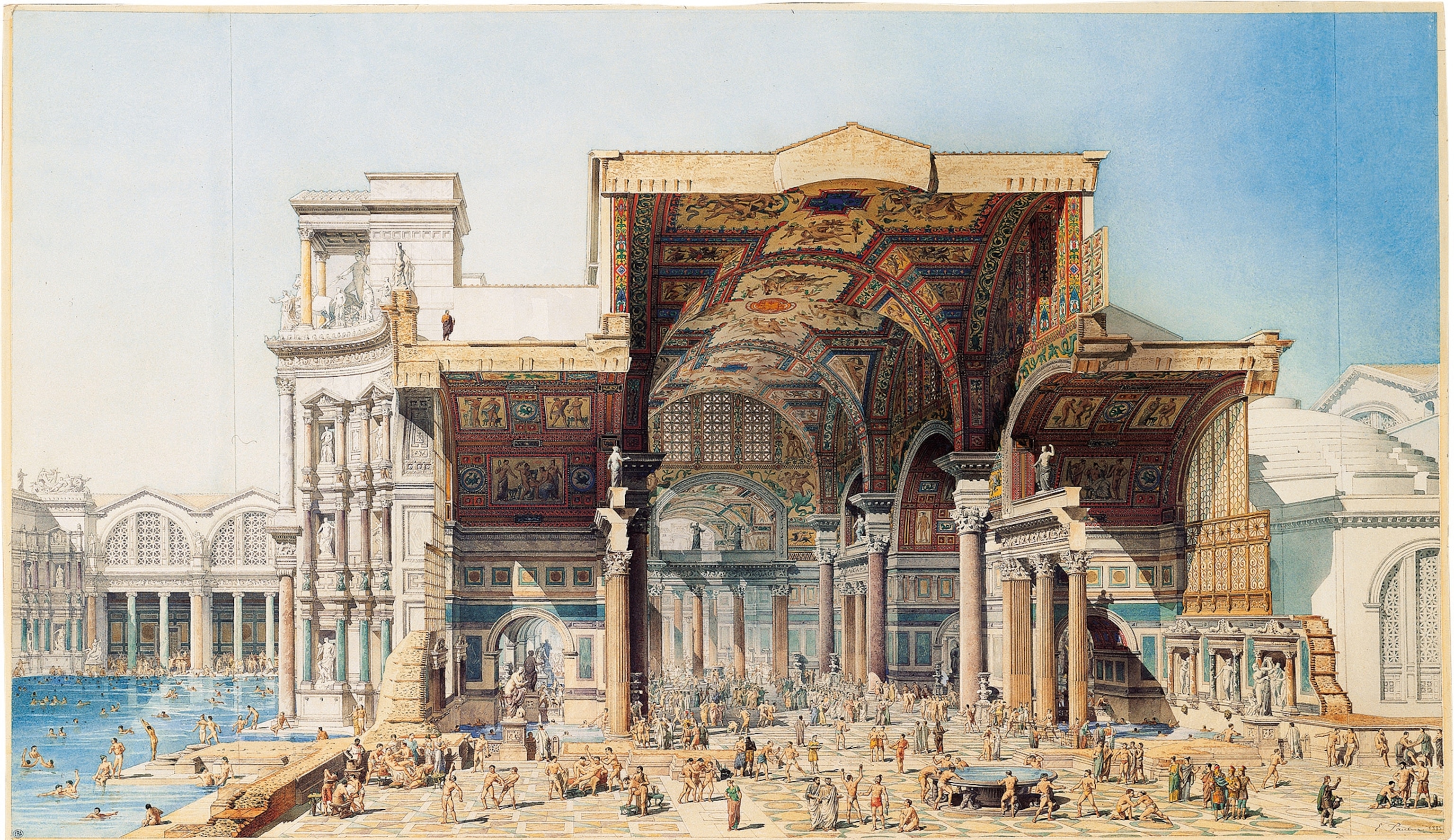
Time of epidemics
The Antonine plague was the first major epidemic to affect the entire Roman Empire (A.D. 165–180). Originating in the east, this pestilence (the Latin terms pestis and pestilentia were used in antiquity to designate all epidemic diseases) impacted Roman territory in several waves. These waves coincided with the return of legionaries fighting under Emperor Lucius Verus against the Parthians. There are detailed firsthand accounts of the plague’s symptoms and effects from the Greek physician Galen, who was forced to come to Rome from his residence on the Aegean coast to attend to Emperor Marcus Aurelius and the imperial family. The Antonine plague, believed to be a smallpox epidemic, is estimated to have killed five to 10 million people, around 10 percent of the population.
(How AI is revealing lost secrets of the Roman Empire)

A new outbreak occurred in the middle of the third century with the Cyprian plague, named after the bishop of Carthage, St. Cyprian. In his sermon De Mortalitate (On Mortality), he includes a detailed account of the symptoms caused by the illness. Possibly originating in Ethiopia, the plague affected territories, including Egypt, the Mediterranean Levant, Asia Minor, Greece, and Italy between A.D. 249 and A.D. 269. Paulus Orosius, a fifth-century Christian historian, framed the event in catastrophic terms:
A plague now spread over many provinces, and a great pestilence devastated all Italy. Everywhere, country houses, fields, and towns were left without a tiller of the land or an inhabitant, and nothing remained but ruins and forests.
The gerbil, the pox, and the plague
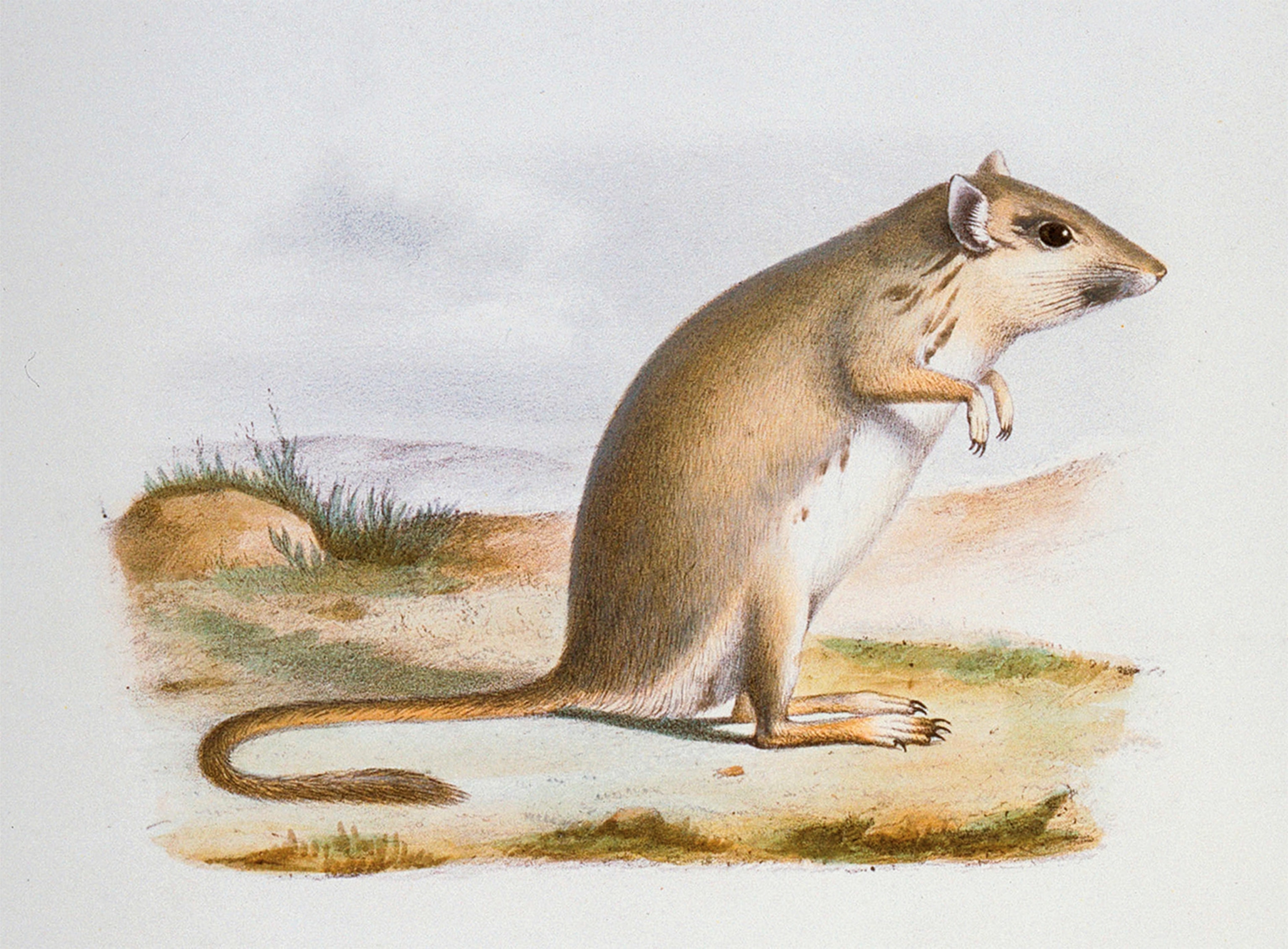
Unexpected recovery
The so-called crisis of the third century did not, however, spell the end of the Roman Empire, which was able to step back from the brink and recover throughout the fourth century. This revitalization tends to be associated with the influence of dynamic emperors such as Constantine I (A.D. 306–337) and Theodosius I (A.D. 379–395). However, researchers are increasingly looking to the beneficial climatic changes experienced during the fourth century to explain how the Roman Empire was able to recover during this period.

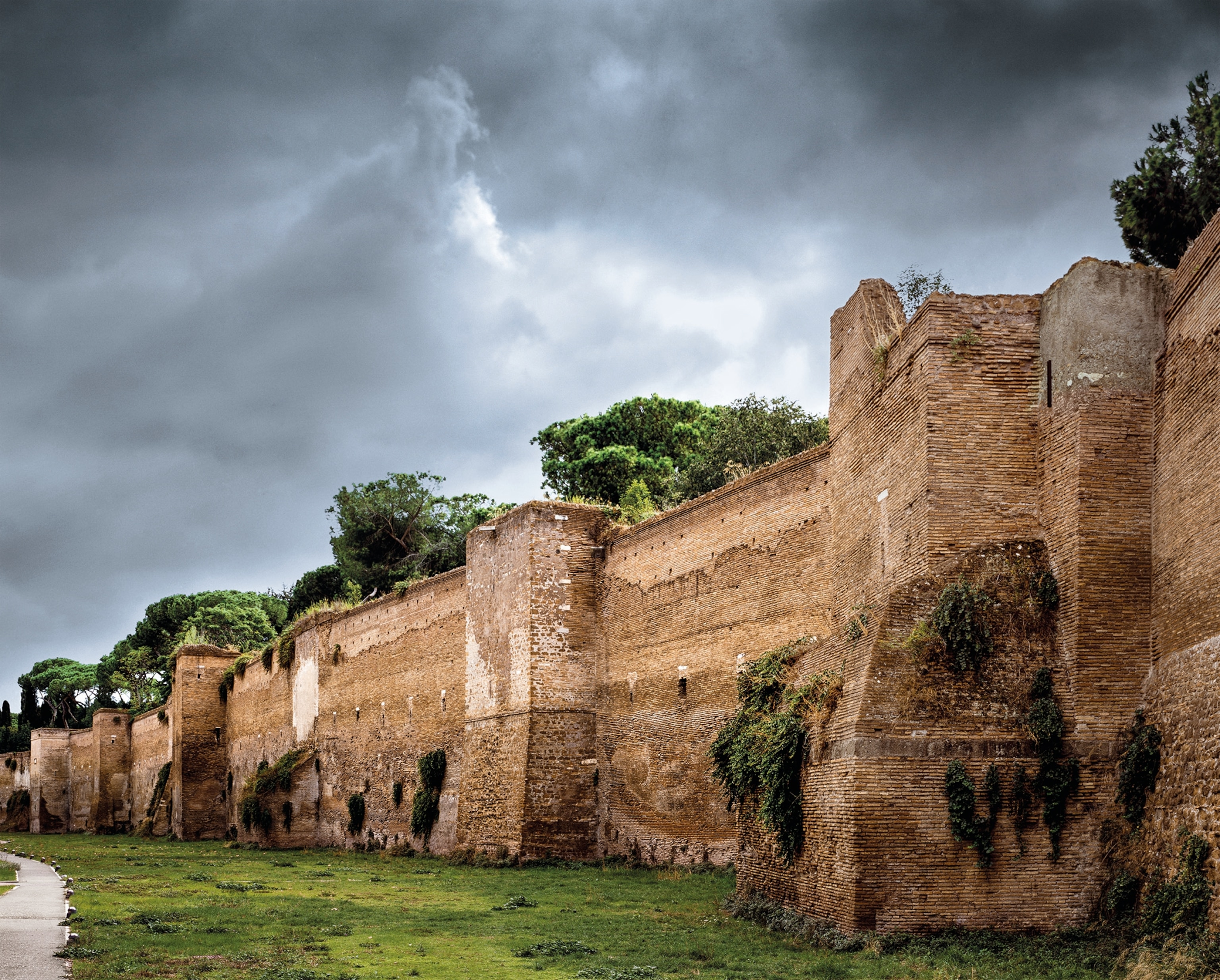
Kyle Harper suggests that the generally favorable change in climatic conditions experienced in the fourth century was connected to the phenomenon known as the North Atlantic Oscillation, a fluctuation between areas of high and low atmospheric pressure that caused a significant increase in precipitation on the continent. However, the weather also became more variable, explaining the frequency of major droughts and famines recorded in the area of the Mediterranean. One example is the famines suffered by the province of Cappadocia (in the center of present-day Turkey) in A.D. 368 and 369. Basil the Great, Bishop of Caesarea starting from 370, dedicated sermons to the topic, warning that human sinfulness had provoked the famine and urging people to care for the poorest. “As a good person, redistribute your surplus to the needy,” he told his flock.
(The most expensive mistake in ancient Roman history)
Malaria holds off the Huns

Climate refugees
The greatest impact of climatic changes occurred beyond the borders of the Roman Empire. A prolonged period of drought across the Eurasian steppe, from the Hungarian plains to Mongolia, directly affected the lives of nomadic herders. This was when the Huns began to progress westward across the Eurasian steppe and started to appear in written sources. It has been argued that the Huns, faced with an environmental crisis, became climate refugees in search of new pastures. As they moved west, they forced other nomadic peoples from the north toward the lands of the Roman Empire.

It now seems certain that epidemics and droughts were a notable factor in the process that led to the definitive fall of the Western Roman Empire in A.D. 476. Our understanding of precise climatic conditions from that time remains incomplete, especially across a region as vast as the Roman Empire. It is crucial to avoid deterministic conclusions; history cannot be explained simply by a variation in temperature or rainfall or by the outbreak of plagues, however deadly they may be. Nevertheless, varying evidence points to the fact that climatic factors did have a real impact. As Harper argues, the outcome of the Roman Empire is an example of the “uncanny power of nature in the fate of a civilization.”
'It destroyed mankind': The plague of Cyprian

Piecing together later chronicles and the few eyewitness accounts, historians reconstructed the routes by which the epidemic spread. It was initially believed to have originated in Ethiopia and advanced along the Nile until it reached Alexandria. Recent research, however, argues it may have come from northern Europe, progressing along the Danube. Whatever its point of origin, it arrived in Rome in A.D. 251. Comprising successive waves, the epidemic lasted nearly two decades. A comprehensive description of the symptoms and social effects of the plague is given in an eyewitness account by the bishop of Carthage, for whom the epidemic is named. The description of the clinical course of the disease is horrifying:
The bowels, loosened into flux, disembowel the strength of the body, then a fire [fever], catching in the marrow, boils forth among wounds in the throat, then the intestines are shaken by constant vomiting, then the eyes begin to glow with the violent force of blood, then for certain persons either the feet or any other portions of the limbs are cut off by the touch of the diseased rottenness, then, through losses and damages of the bodies, with faintness rushing, either walking is impaired or hearing is blocked or the sight is blinded.
Third-century Ebola?
Kyle Harper’s 2015 study of the Cyprian plague weighed the documented accounts of symptoms in an attempt to identify a likely contagious disease that would have caused so much suffering. He rules out bubonic plague, cholera, typhus, measles, and smallpox. The symptoms described by Cyprian more closely resemble those of an influenza pandemic caused by animal-borne viruses. Narrowing the range of possibilities, Harper sees in the Cyprian plague a form of viral hemorrhagic fever with three possible causes: a flavivirus, spread by mosquitoes; an arenavirus, spread by rodents; or a filovirus, similar to the Ebola virus, spread by bats. Harper believes an Ebola-like virus to be the most likely cause.





